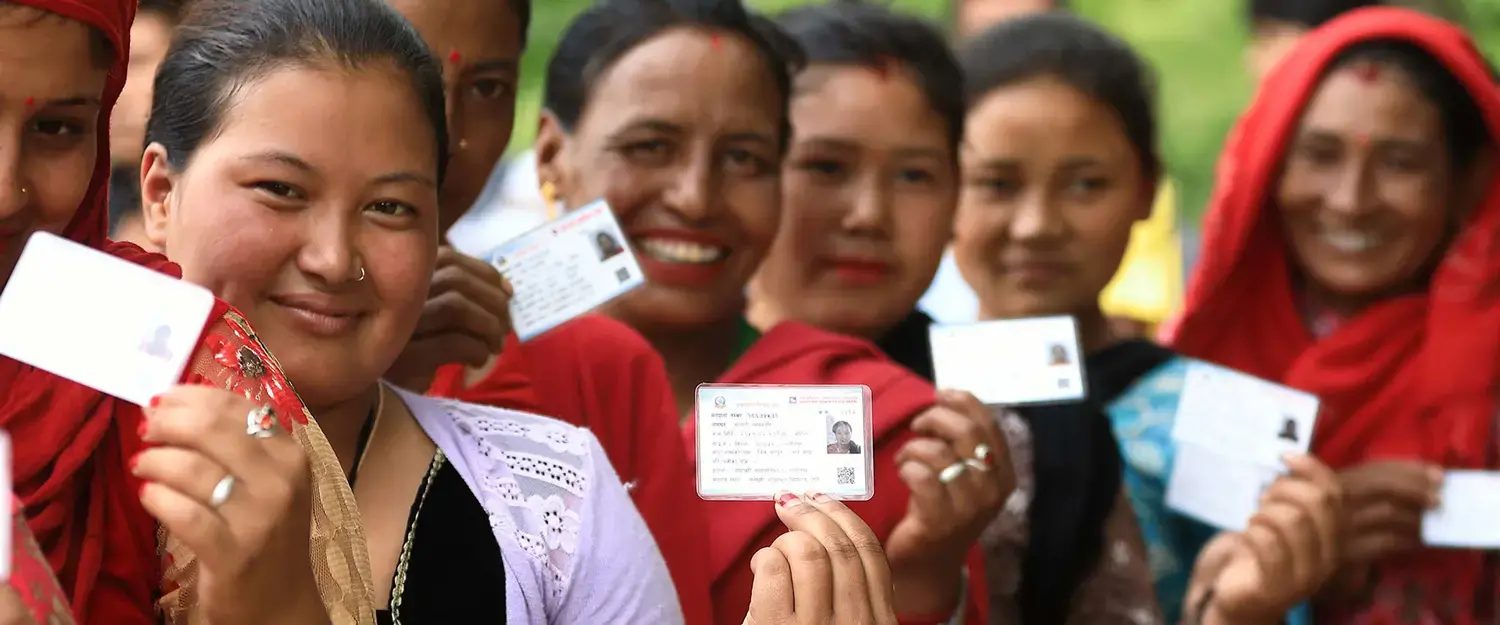Leadership and political participation

From the local to the global level, women’s leadership and political participation are restricted. Women are underrepresented as voters, as well as in leading positions, whether in elected office, the civil service, the private sector or academia. This occurs despite their proven abilities as leaders and agents of change, and their right to participate equally in democratic governance.
Women face several obstacles to participating in political life. Structural barriers through discriminatory laws and institutions still limit women’s options to run for office. Capacity gaps mean women are less likely than men to have the education, contacts and resources needed to become effective leaders.
Facts and figures: Women’s leadership and political participation
Women’s equal participation and leadership in political and public life are essential to achieving the Sustainable Development Goals by 2030. However, data show that women are underrepresented at all levels of decision-making worldwide. Discover key data and facts on women's representation in government positions, national parliaments, and local government, and learn how expanding women's participation is crucial for sustainable development.







